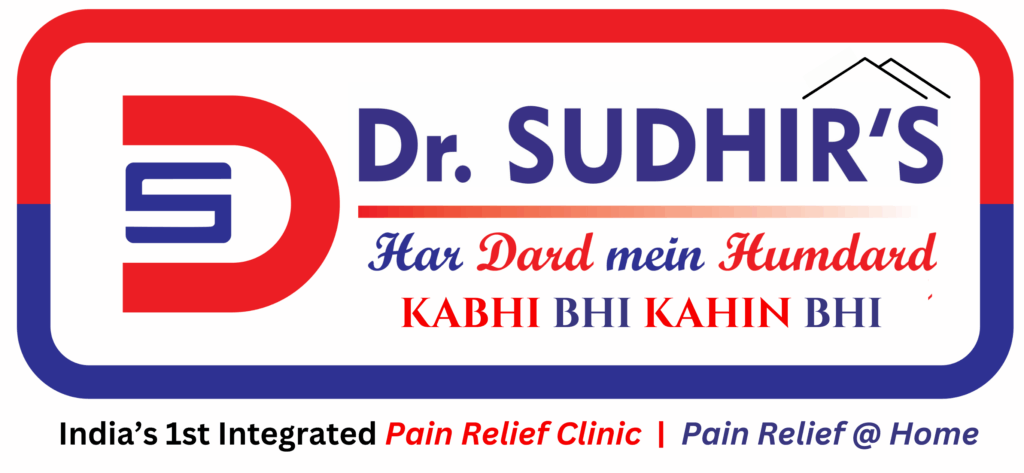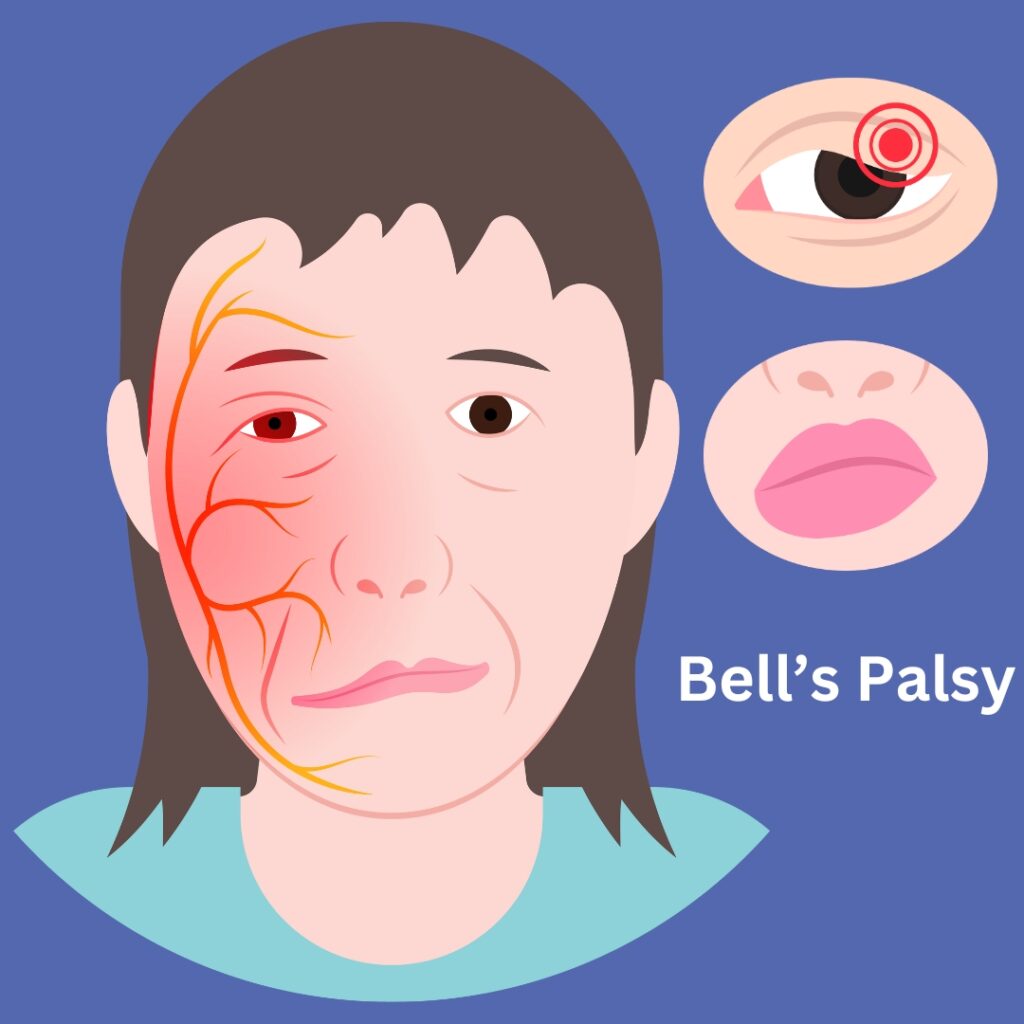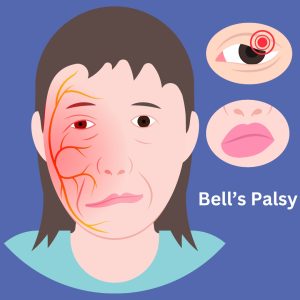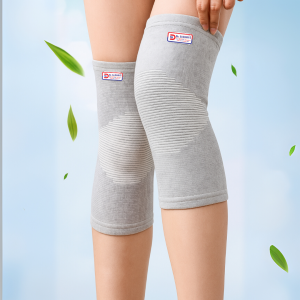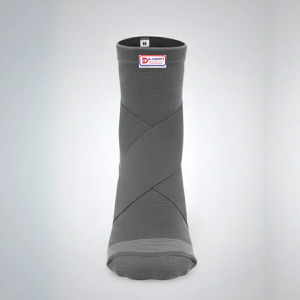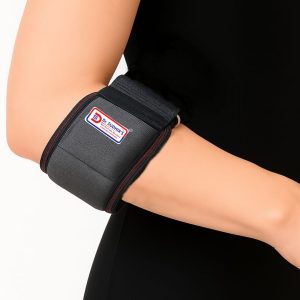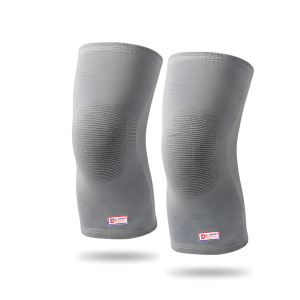DrBells Palsy is a sudden, temporary paralysis or weakness of the muscles on one side of the face, caused by inflammation or compression of the facial nerve (cranial nerve VII). This nerve controls facial expressions, tear production, saliva secretion, and some taste sensations.
Bells Palsy Causes & Treatment
Causes:
Viral infections: They are considered a major trigger for Bell’s Palsy, as they can cause swelling and inflammation of the facial nerve. Commonly implicated viruses include:
- Herpes Simplex Virus (HSV-1): The virus responsible for cold sores.
- Herpes Zoster Virus (Shingles): Can cause Ramsay Hunt Syndrome, which mimics Bell’s Palsy.
- Epstein-Barr Virus (EBV): Associated with mononucleosis.
- Cytomegalovirus (CMV): Often affects those with weakened immune systems.
- Influenza Virus: Certain strains may trigger nerve inflammation.
Autoimmune Reactions: In some cases, the body’s immune system may mistakenly attack the facial nerve, leading to inflammation and paralysis.
Reduced Blood Supply to the Facial Nerve: Conditions that compromise blood flow to the facial nerve, such as diabetes or hypertension, can increase the risk of nerve damage and Bell’s Palsy.
Stress and Trauma: Physical trauma, stress, or injury to the face may increase the likelihood of nerve irritation or inflammation.
Pregnancy: Particularly in the third trimester, hormonal changes and fluid retention may contribute to nerve swelling and increased susceptibility.
Genetic Factors: A family history of Bell’s Palsy or similar conditions may slightly increase the risk.
Cold Weather or Exposure: Prolonged exposure to cold environments has been noted as a potential trigger, possibly due to nerve vasoconstriction or viral reactivation
Treatments of Bells palsy
Medications
- Corticosteroids:
- Prednisone is commonly prescribed to reduce inflammation and swelling of the facial nerve.
- Most effective when started within 72 hours of symptom onset.
- Antiviral Medications:
- Used if a viral infection (e.g., herpes simplex) is suspected.
- Common options include acyclovir or valacyclovir, often combined with corticosteroids.
Eye Protection
Bell’s Palsy can impair blinking, leaving the eye on the affected side vulnerable to dryness and injury.
- Use lubricating eye drops (artificial tears) during the day.
- Apply an eye ointment or tape the eyelid shut at night to prevent exposure damage.
- Consider wearing glasses or an eye patch for added protection.
Physical Therapy and Exercises
- Gentle facial exercises can help improve muscle strength and prevent stiffness.
- A physical therapist can guide you through massages and movements to stimulate the facial nerve.
Lifestyle and Home Care
- Warm Compresses: Applying a warm, moist cloth to the affected side can relieve pain and reduce muscle tension.
- Good Nutrition: A healthy diet rich in omega-3 benefits (found in fatty fish, walnuts, and flaxseeds) and other nerve-healing nutrients can support recovery.
- Stress Management: Relaxation techniques like meditation or deep breathing may aid recovery.
Advanced Therapies (If Necessary)
- Acupuncture: May stimulate the facial nerve and improve symptoms in some cases.
- Electrical Stimulation: Devices that deliver gentle electrical impulses to the affected muscles can encourage nerve function.
- Botox Injections: For patients with lingering facial muscle issues, Botox may help reduce spasms or improve symmetry.
Facial Exercises for Bells Palsy
1. Warm-Up
- Massage the affected side of your face gently using circular motions with your fingers.
- Focus on areas like the forehead, cheeks, and around the mouth to improve blood flow.
2. Eye Exercises
- Blinking: Close both eyes slowly and try to hold for a few seconds before opening them.
- Eye Closure: Gently close your eyelids as if preparing for sleep, then try to shut them tighter without forcing.
3. Forehead and Eyebrow
- Eyebrow Lift: Raise both eyebrows as high as you can, using your fingers to assist the affected side if needed.
- Frown: Try to bring your eyebrows together as if frowning.
4. Cheek Movements
- Smile Exercise: Attempt to smile evenly, focusing on lifting the corners of your mouth.
- Puff Cheeks: Fill your mouth with air and hold it for a few seconds, then release. Use your fingers to assist if the air escapes on the affected side.
5. Lip and Mouth Movements
- Pursed Lips: Pucker your lips as if preparing for a kiss and hold for a few seconds.
- Lip Stretch: Pull your lips into a wide grin, exposing your teeth if possible.
- Whistle Attempt: Try to whistle or mimic the motion of whistling to strengthen the lips.
6. Jaw and Tongue
- Jaw Movement: Move your jaw side to side and up and down gently.
- Tongue Stretches: Stick your tongue out and move it side to side.
Why choose Dr. Sudhir’s Pain Relief Clinic for treatment?
Take the first step toward recovery with our expert Bell’s Palsy treatments. At our clinic, we provide a comprehensive approach tailored to your needs, combining advanced therapies, personalized care, and targeted facial exercises to support nerve healing and muscle strength. Our compassionate team is dedicated to helping you regain facial movement, manage discomfort, and improve your overall quality of life. Moreover, whether it’s protecting your eye, relieving symptoms, or rebuilding your confidence, we’re here for you every step of the way. With our expert care and personalized approach, you can trust that we’ll support you throughout your recovery journey. Contact us today to schedule your consultation and start your journey to recovery!
